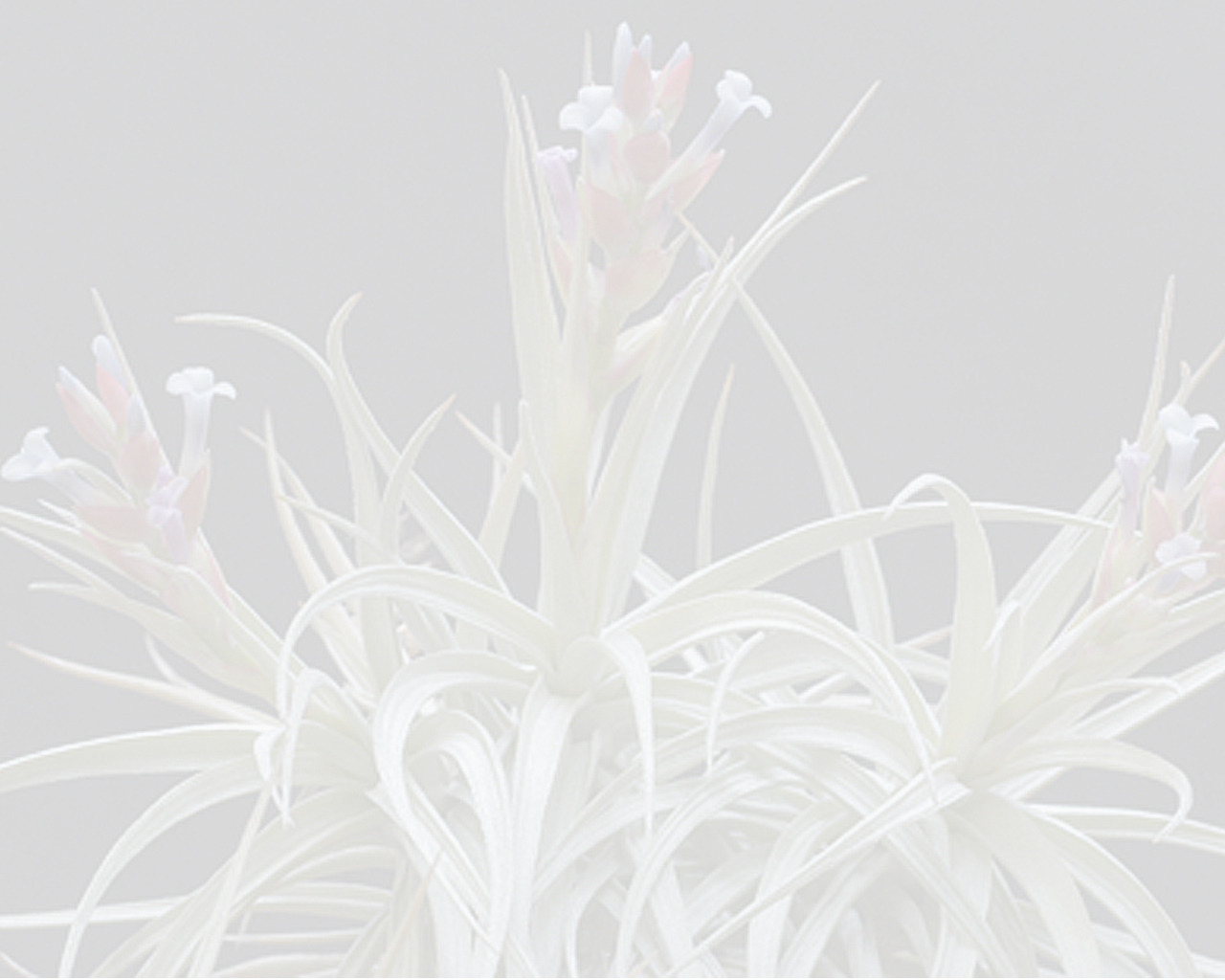


; 0 ; a magnificent plant 1½ metres high, formed by a rosette of leaves, around the base of the peduncle, virtually 1 metre in diameter; its massive of wide pale red sheaths unite in an ovate bulb; its lanceolate leaf blades spreading in a dainty bow, as you look downwards; they taper to a fine tip, a lively green, matt, both sides about the same colour and with faint darker stains and markings; the innermost leaves erect, are smaller and narrower, and merge into the peduncle bracts above; the inflorescence is very long and, very poorly branched panicle; the panicle peduncle is strictly erect, as thick as your thumb and covered over with bracts; the lowermost bracts are leaf-like, the upper ones quickly becoming shorter to about 4 cm long and oblong, keeps the colour of the leaves until the top which is brownish on the outside; they nestles narrowly on the peduncle, however the acuminate tip is spreading giving the stem a quite rough look; the bracts are very dense at the lower half and imbricate, then they move apart more, so that the peduncle remains uncovered to the node, at the same time they become thinner and lanceolate; the uppermost are appressed to the stem; the branches, with our plant three at number, are almost at right angles where they branch off, bending soon upward, shorter than the top spike, always simple and with a primary bract similar to the peduncle bracts but somewhat wider, and solidly appressed to the branch; the flowers are densely distichously arranged on the branches, but clearly move apart after anthesis; the floral bracts are similar to the peduncle bracts, only they are rounder and a little bigger than these; the lowermost are sterile; the flowers are sessile, which with the floral bract are joined on a short stalk; the calyx is a rounded stem and exactly as long as the bract but appears about as long as the exserted stem. flowers: sepals are pale green, only at the outer tip are some brownish and hardly marked; the pale yellow petals overhang (to my knowledge) those of all other tillandsias and vrieseas, they become 12 cm long; the lower ones are smaller, in the calyx half they are very narrow and the edges are imbricate, and form with the sepals a spiralling tube; the upper larger half is similarly wider so that they become fully 2 cm wide below the rounded off tip; the petals are far apart and after anthesis hang laxly downwards; they are delicate and, (in subdued light) many nerved the nerves run parallel, bending downwards towards and disappearing near the petal edge, without anastomosis; nectaries missing at the base; the filaments straight, prominent, quite free, and about 2 cm longer than the corolla; the anthers are long, very narrow some over 1 cm, (pollen gold-yellow), blunt at both ends, attached in its lower third, then split; lying near the fold; the oblong smooth, with a slimy mass of outercoating ovary, tapering into the threadlike style above; this is stronger than the filaments, and the tips are bent downwards, blunt triangular and exceeding the filament by about 2 cm, therefore 16 cm long; the leaflike wide stigma lobes are lanceolate, blunt, green and spiral; the linear placenta have many rows, narrow short stemmed, of short stringed seeds.Translated by Butcher (01-01-2015) from: Wiener III. Gart. 12: 241, Fig. 50. (1887)